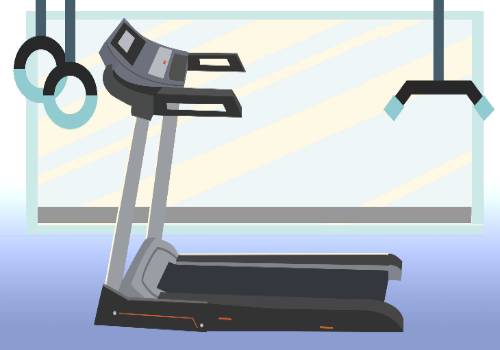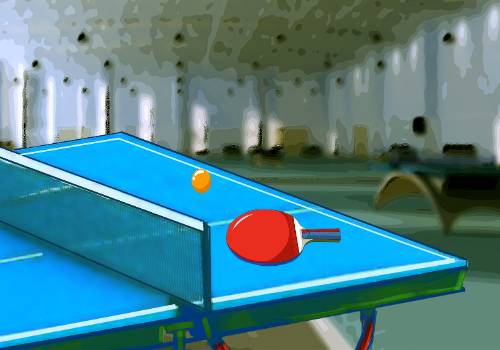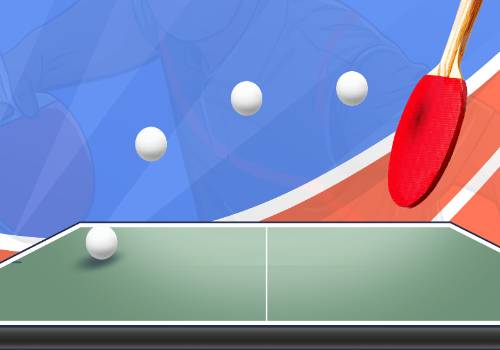Third National Calligraphy Exhibition held
 (相关资料图)
(相关资料图)
At the third National Calligraphy Exhibition, 548 works showcased the charm of traditional Chinese calligraphy culture in the new era. Today, we will trace the origin of exemplary works and appreciate the beauty of calligraphy.
Since the opening of the exhibition, the Jiangsu Art Gallery has been fully booked every day. 548 calligraphy works adopt classic methods and each has its own characteristics, fully showcasing the unique beauty of different lineages of Chinese classical calligraphy.
“I was very impressed. In this exhibition, we can feel the charm of Chinese calligraphy culture between the lines,” said Zhang Li, a calligraphy enthusiast.
This exhibition presents a panoramic view of the handed down works with coordinate significance in the history of Chinese calligraphy, each endowed with its own unique features.
The seal script "Collection of oracle bone inscriptions" is simple yet innocent by using a pen instead of a knife. Yan Zhenqing"s "Documents for Tribute to Nephews" shows the ups and downs of cursive emotion between the lines. Huang Tingjian"s Biographies of Lianpo Lin Xiangru is magnificent to the greatest extent. The works of Wang Xizhi, the "Sage of Calligraphy", are lively and full of natural interest, and are thereby copied most by calligraphy enthusiasts.
The cursive script created by calligraphy enthusiast Meng Kai has a strong sense of the times. When interviewed, he said that as a calligraphy enthusiast with nearly 30 years of study and practical experience, calligraphy for him is about creating new ideas by approaching the ancients and experiencing the ancient flavor. Nowadays, he is working with more and more calligraphy enthusiasts to help more people understand the charm and spiritual cultivation of traditional Chinese culture.
“Calligraphy, as an important part of the traditional Chinese culture, is actually a value of life that I have come to understand from calligraphy. We should be upright, have a positive atmosphere, and have humanistic care in our lives,” Meng Kai, Nanjing Qihang Calligraphy Art Center, said.
“Chinese calligraphy is actually the most representative of the spiritual outlook of the Chinese people, and it is also the best embodiment of Chinese aesthetics. Of course, it is also a benchmark and symbol of the Chinese spirit. We calligraphers and cultural workers have a greater responsibility to implement the spirit of Secretary Xi Jinping"s speech at the cultural inheritance and development symposium, create better calligraphy works with our brushes, and let more people appreciate the traditional Chinese calligraphy and inherit the cultural heritage of the millennium-old Chinese civilization,” said Sun Xiaoyun, Chairman of China Calligrapher"s Association, Chairman of Jiangsu Calligrapher"s Association, Honorary Curator of Jiangsu Art Gallery.































































































































